May Herb of the Month: Dandelion!
This post may contain affiliate links. View our disclosure policy here.
I’m excited about this month’s post! May Herb of the Month: Dandelion! YAY! Dandelions fill my yard with their bright yellow sunshiny glory! It fills me with great joy to look out there and see dandelions and violets dancing in the breeze and know how much nourishment abounds! Read below to find out why I chose dandelions as this month’s herb of focus!
Introduction
Have you always been one to consider dandelion to be a pesty weed? There’s so many of those “pesty weeds” out there that are, in fact, a wonderment in the nutritional and medicinal benefits that I feel almost ashamed at ever calling them weeds! Oh well! I didn’t know…but now I do and I want to share this wealth of knowledge with others – with YOU!
The man who worries morning and night about the dandelions in the lawn will find great relief in loving the dandelions.
Liberty Hyde Baily
Obviously, I no longer consider dandelion to be a weed. I will gladly take those white puffs of seeds and blow them freely about my yard and my garden!
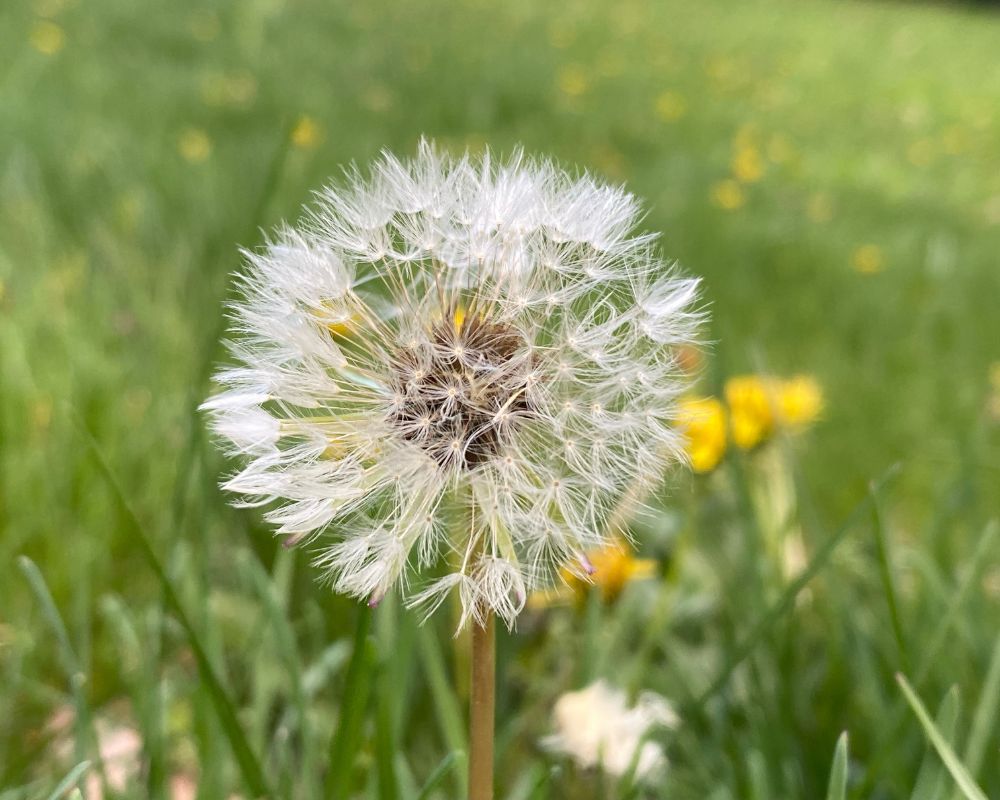
Herb of the Month: Dandelion – The Basics
Family: Asteraceae
Latin Name: Taraxacum officinalis
Medicinal Parts: roots, leaves, flowers
Energetics: cooling, drying, tonifying
Actions: leaves – alterative, antilithic, digestive stimulant, diuretic, drying, nutritive roots – antilithic, cholagogue, mild laxative, sialagogue flowers – anodyne, antioxidant, exhilarant, inflammatory modulator, nutritive
Reproduction: The dandelion reproduces by seed AND root.
The Benefits of Dandelion
Dandelion hosts a great deal of medicinal or health benefits and is an ideal herb for addressing acne, anemia, constipation, detox, dry mouth, eczema, endometriosis, gout, hemorrhoids, indigestion, kidney stones, menstrual cycle issues, rashes, skin eruptions from chicken pox or measles, and varicose veins.
Dandelion is quite high in antioxidants.
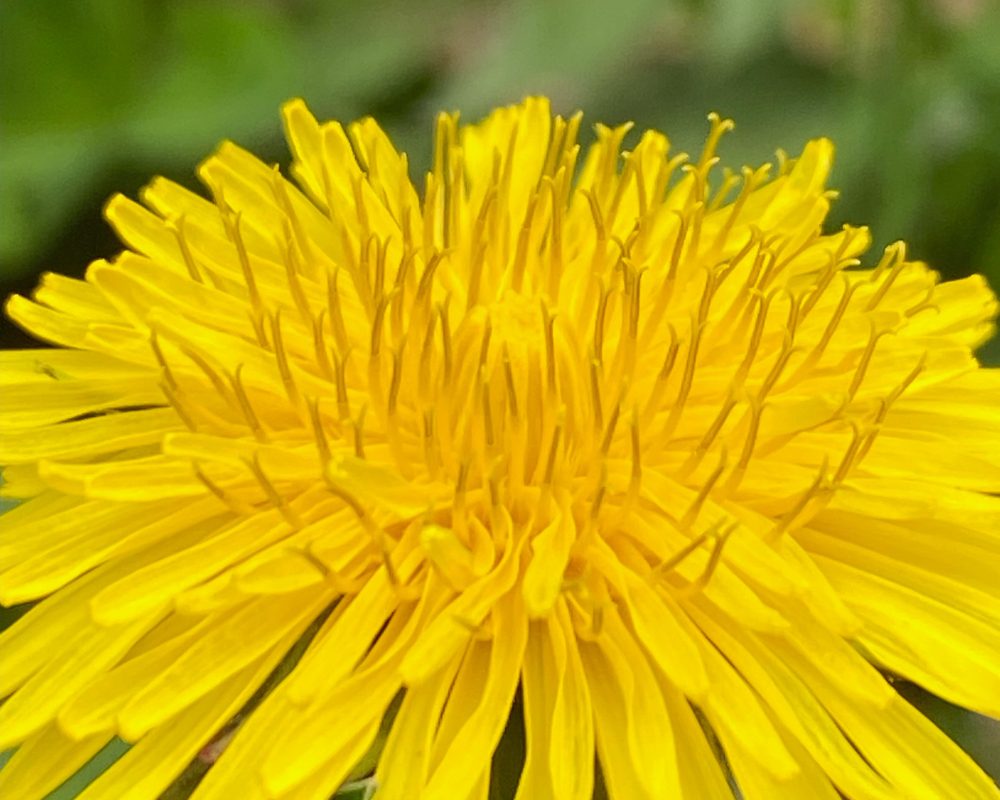
The flowers are rather bland actually which means no bitterness and they blend in easily with salads. They do contain vitamins and minerals including flavonoids, beta-carotene, and lutein which is beneficial for eye health. The flavonoids are especially important for managing oxidative stress.
The leaves are indeed one of the most nutrient dense greens we have available. Nutrients available include fiber, beta-carotene, vitamin C, calcium, potassium, magnesium, manganese, phosphorous, and zinc.
Harvesting Dandelions
With it being spring, May brings us an abundance of dandelions. I just enjoy their sunny show for the first week or two and let the bees have their feast. And then I begin to harvest, but always leaving plenty behind for my bee friends who return the favor by making honey.
The flowers can be eaten whole or you can pinch the petals out of the top.
In the spring, the leaves tend to be less bitter than later in the spring and summer. However, dandelion leaves can be harvested throughout the season as can the flowers and roots.
Here’s a video I found on YouTube of a lady harvesting the dandelion roots and how she cuts them and dries them on her woodstove. You can also roast the cut up roots on your stovetop, simply stirring frequently on medium heat until browned. The easiest way, perhaps, is roasting in the oven at 300 degrees for about 2 hours (until browned nicely but not burnt!) I’m looking forward to trying this soon. One of these day’s I’ll have to start making my own videos. Until I learn more though and practice, I’ll just keep watching other people do theirs!
Harvesting Cautions
Always be sure to harvest in an area that has NOT been sprayed with herbicides or insecticides for three years. And always show kindness to the bees by leaving plenty for them.
Application and Practice
Dandelions: Flowers
I’m looking forward to infusing dandelion flowers into honey this summer. When I do I will be sure to post a photo! The flowers are said to have a very uplifting action and I love adding fresh flowers (and leaves) to my salads during the summer. I’ve also recently learned you can apply them to the skin as a topical for acne or eczema. They can also be infused into oils or creams for muscle aches and pain.
Dandelions: Roots and leaves
While dandelion roots and leaves both help the liver and digestive system, the root acts more strongly on both. It is the ability to improve digestion and detox that leads to the improvement of acne, eczema, and more. Dandelion roots contain inulin which is a prebiotic fiber that feeds your gut flora. While the leaves are best used in a salad or steeped in a tea (2-3 cups a day for best effects), the inulin of the roots is most available when made in a decoction or tincture.
Tea/Decoction
Dandelion is best worked with as a supportive as a nutritive, digestive and liver aid when used daily over time. I admit I only drink about a cup of a dandelion blend a day, but at least it’s daily. It would be better if you are working towards a goal of necessary nutrition, digestion or liver assistance to drink 2-3 cups a day.
I absolutely love this blend which when a little creamer is added, can soothe me almost as well as a cup of coffee. Note that this blend is made from the root but made as a tea. They have grinded the roots which helps with the bioavailability. It’s not the BEST way, but better than nothing.
When I’m just doing maintenance, I love the blend I mentioned above. If I really want to improve digestion though, or need the extra nutritives, I take the time to brew a decoction. When I do this, I often blend some other root herbs in with it. I like this recipe blend, called Not Coffee, found over at CommonWealthHerbs.com- an online herbal school that I take classes from.
Tincture
You may also use a root tincture in doses of 1 – 4 droppers, 3x a day. Sometimes tinctures are a lot easier way to get in your herbs, especially during extra busy days or while traveling. I prefer my teas, but usually have a couple tinctures I take daily and especially when I go on trips.
Dandelion Recipes
I found this recipe online for Dandelion greens! I haven’t actually tried it yet because my son is pretty sensitive to bitters. So my preference for dandelion greens is simply to add a handful to salads or smoothies. This way they blend in with sweeter greens for his taste, and I can always add more to my own bowl.
For the flowers, it’s always fun to make dandelion fritters at least once per season!
Simple Tea Recipes
Dandelion Root Tea(decoction)
- 2 teaspoons roasted dandelion root
- 1 teaspoon vanilla
- Honey, to taste
Bring water to boil. Add dandelion root. Turn heat down to simmer. Simmer 15-30 minutes. Add 1 teaspoon vanilla. Strain and add honey, to taste.
Dandelion Leaf Tea
- 2 teaspoons dried dandelion leaf
- Other herb of choice – suggestions include: lemon balm, linden, or ginger
- Honey, to taste, or stevia leaf (the leaf is the herb, not the powder which is processed)
- Lemon, to taste
Bring water to boil. Pour over herbs. Let steep (covered) for 10-20 minutes. Add honey or lemon as preferred.
Cautions
Dandelion does tend to be drying, so if you are a person that tends to run ‘dry’ (dry constitution), pair the leaf with other moistening herbs to balance the effect. It is said that dandelion leaves may not be suitable for those taking blood thinners or pharmaceutical diuretics. Naturally anyone sensitive to plants in the Asteraceae family should avoid working with dandelion.
Are You In Need of Dandelion or Tea Supplies? Check out some of these links!
My favorite herb sources include this book and this one!
Dandelion Root Tea -Carmel Nut
In Summary
The May Herb of the Month: Dandelion is in full bloom right now! I’m guessing you can find one within walking distance! It’s unfortunate that so many try to rid their yards of this medicinal plant with chemicals- adding toxins to their environment instead of working with the plant to detox their bodies! If you have not worked with herbs medicinally, this is such an easy nutritive plant to start with! Whether you use some from your chemical free backyard, your herbal friend’s backyard, a teabag from the store, or roots from Mountain Rose Herbs, a cup of tea or tincture is an easy way to introduce the benefits of dandelion to your body!
Have you seen these posts on herbs?
Don’t miss out on other Herb of the Month Posts and other related herbal posts!
The Amazing Benefits of Chamomile Tea
Benefits of the Kitchen Herbs – Rosemary and Basil
Have you worked with Dandelion before? If so, what is YOUR favorite way? If not, what are you waiting for?! Enjoy your first experiences!
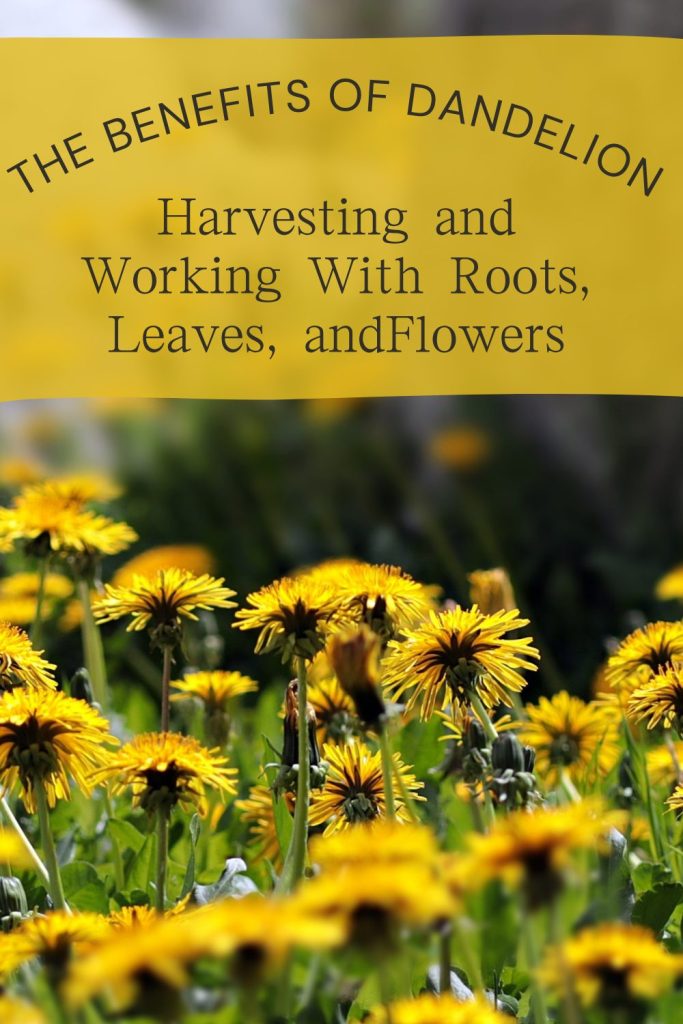
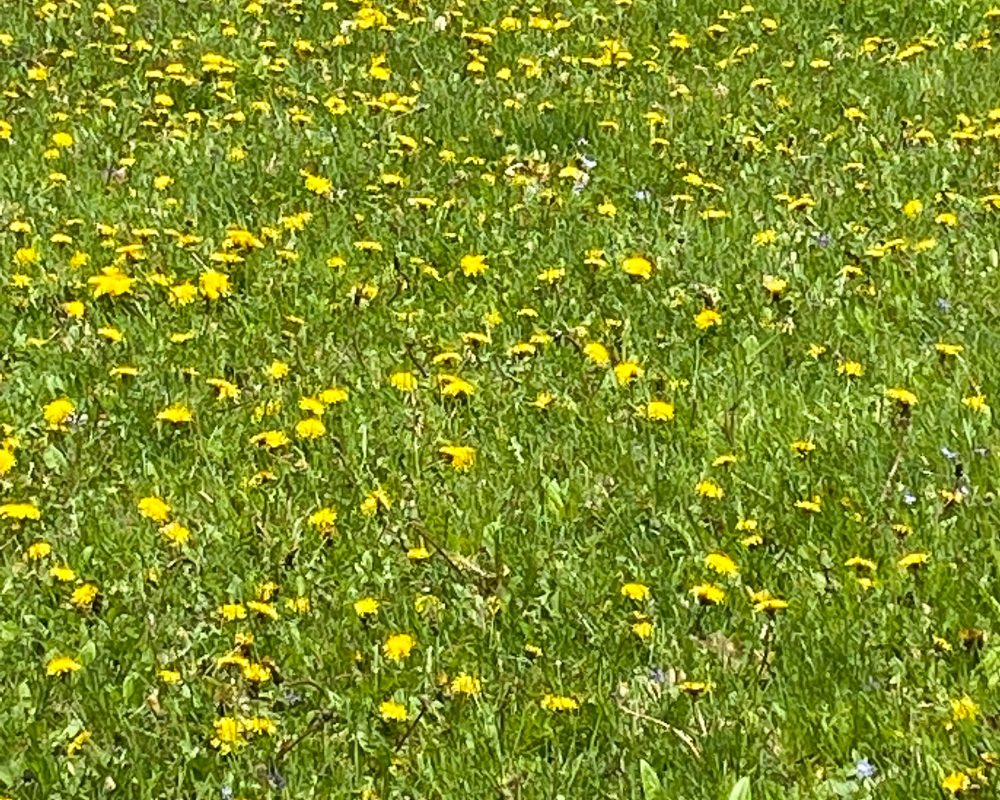



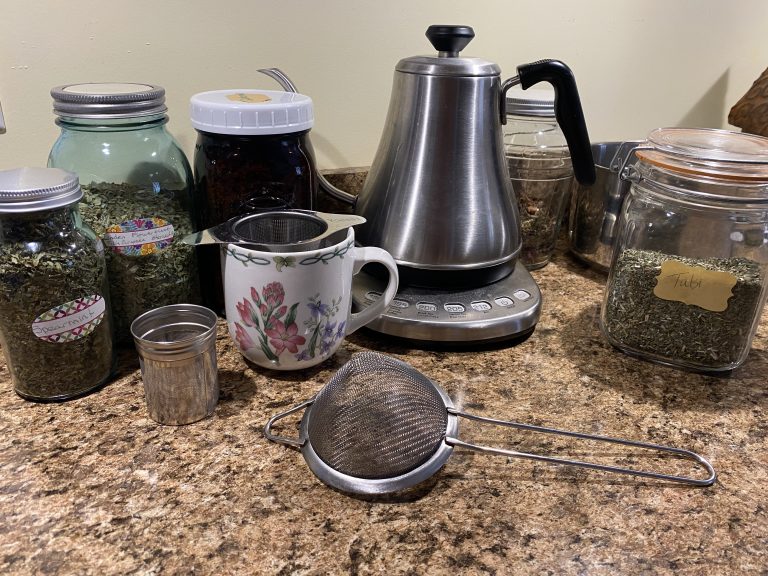
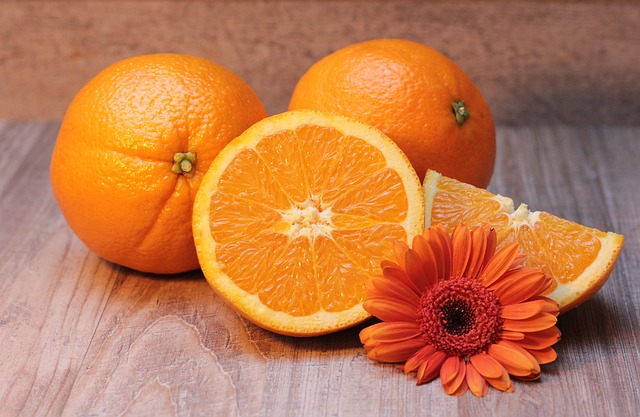

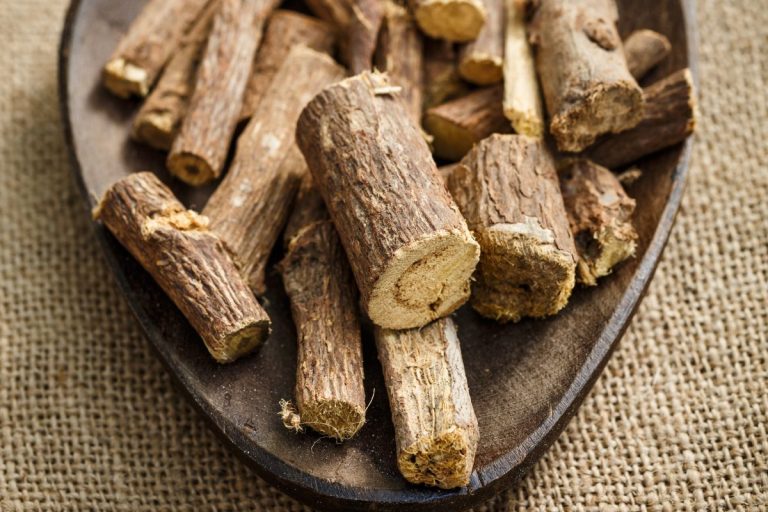
I used to harvest dandelions all of the time. I made a lot of salve with it but never got into the edibles. I love this list of ideas on how to use them!
I’m really hoping to get some honey soon so I can infuse it with the dandelions!